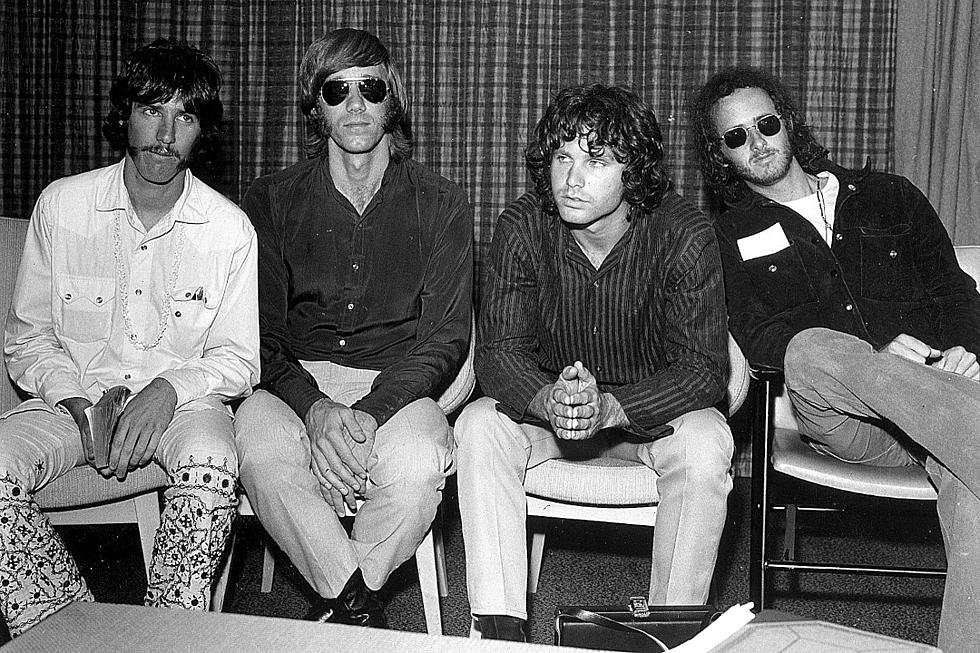The History of Rock Music in Los Angeles
(For our students at Los Feliz Guitar Lessons who might be interested!) Los Angeles, a city synonymous with glamour, entertainment, and cultural diversity, has a rich and storied history in the evolution of rock music. From the early days of rock ‘n’ roll to the punk explosion and the rise of heavy metal, Los Angeles has been a crucible for musical innovation and a beacon for artists seeking fame and creative freedom. This article delves into the history of rock music in Los Angeles, highlighting the key moments and movements that have defined its legacy.
The Birth of Rock ‘n’ Roll in Los Angeles
The story of rock music in Los Angeles begins in the 1950s when the city was a burgeoning hub for the new and electrifying sound of rock ‘n’ roll. Artists like Ritchie Valens, a native of the San Fernando Valley, emerged from this vibrant scene. Valens’ hit “La Bamba,” a rock ‘n’ roll adaptation of a traditional Mexican folk song, showcased the cultural fusion that would become a hallmark of Los Angeles’ music scene. The city’s diversity played a significant role in shaping its unique sound, blending influences from rhythm and blues, country, and Latin music.
The Sunset Strip and the Psychedelic 60s
The 1960s saw Los Angeles become a central figure in the psychedelic rock movement. The Sunset Strip, a stretch of Sunset Boulevard, became the epicenter of this cultural revolution. Iconic clubs like the Whisky a Go Go, The Roxy, and the Troubadour hosted legendary performances by bands such as The Doors, Love, and Buffalo Springfield. The Strip was a breeding ground for creativity, with musicians, poets, and artists converging to push the boundaries of rock music.
The Byrds, formed in Los Angeles in 1964, were pioneers of the folk-rock genre, blending traditional folk music with the electric sound of rock. Their cover of Bob Dylan’s “Mr. Tambourine Man” became a massive hit and influenced countless artists. Another significant figure from this era was Frank Zappa, whose avant-garde approach and satirical lyrics challenged the status quo and expanded the possibilities of rock music.
The Rise of Hard Rock and Heavy Metal
The 1970s brought a new wave of rock music to Los Angeles, characterized by the emergence of hard rock and heavy metal. Bands like Van Halen and Mötley Crüe rose to prominence, with their high-energy performances and guitar-driven sound defining the era. The Whisky a Go Go and The Roxy continued to be key venues, providing a platform for these bands to hone their craft and build their fan base.
Van Halen, formed in Pasadena in 1972, became one of the most successful rock bands of all time, with their eponymous debut album setting the stage for their legendary career. The band’s innovative use of guitar techniques, particularly Eddie Van Halen’s iconic tapping, revolutionized rock music and inspired a generation of guitarists.
The Punk Rock Explosion
Los Angeles played a crucial role in the punk rock movement of the late 1970s and early 1980s. The city’s punk scene was raw, aggressive, and unapologetically rebellious, reflecting the discontent and disenfranchisement of its youth. Bands like X, Black Flag, and the Germs emerged from this underground scene, creating a sound that was distinctly Los Angeles.
The Masque, a small basement club in Hollywood, became the epicenter of the punk movement. It was here that bands could perform and connect with like-minded individuals in a space that embraced their defiance and creativity. The punk scene in Los Angeles was also characterized by its DIY ethos, with bands often self-producing their records and organizing their shows.
The Glam Metal Era
The 1980s saw the rise of glam metal, with Los Angeles at its epicenter. The Sunset Strip once again became a hotspot for rock music, with bands like Guns N’ Roses, Poison, and Ratt dominating the scene. Glam metal was characterized by its flashy aesthetics, big hair, and anthemic, party-ready songs.
Guns N’ Roses, formed in Los Angeles in 1985, became one of the most successful rock bands of all time. Their debut album, “Appetite for Destruction,” is often regarded as one of the greatest rock albums ever, with hits like “Sweet Child o’ Mine” and “Welcome to the Jungle” becoming timeless classics. The band’s raw, gritty sound and rebellious attitude captured the spirit of Los Angeles rock music.
The Alternative Rock Movement
The 1990s brought a shift in the rock music landscape, with alternative rock taking center stage. Los Angeles was home to influential bands like Red Hot Chili Peppers, Jane’s Addiction, and Tool. These bands blended elements of punk, funk, and metal, creating a diverse and innovative sound that resonated with a new generation of listeners.
The Red Hot Chili Peppers, formed in Los Angeles in 1983, became one of the most successful alternative rock bands in history. Their unique fusion of rock, funk, and punk, along with their energetic live performances, set them apart and cemented their place in rock history.
Los Angeles Today: A Continuing Legacy
Today, Los Angeles remains a vital and influential city in the world of rock music. The city continues to produce new and exciting talent, with venues like The Echo, The Fonda Theatre, and The Wiltern hosting both emerging and established artists. Los Angeles’ rich musical history and diverse cultural landscape ensure that it will always be a hub for creativity and innovation in rock music.
From the early days of rock ‘n’ roll to the present, Los Angeles has played an integral role in shaping the sound and direction of rock music. Its vibrant scene, iconic venues, and diverse cultural influences have made it a breeding ground for musical innovation and a beacon for artists worldwide. As the city continues to evolve, its legacy in rock music remains as strong as ever, continuing to inspire and influence generations to come.

